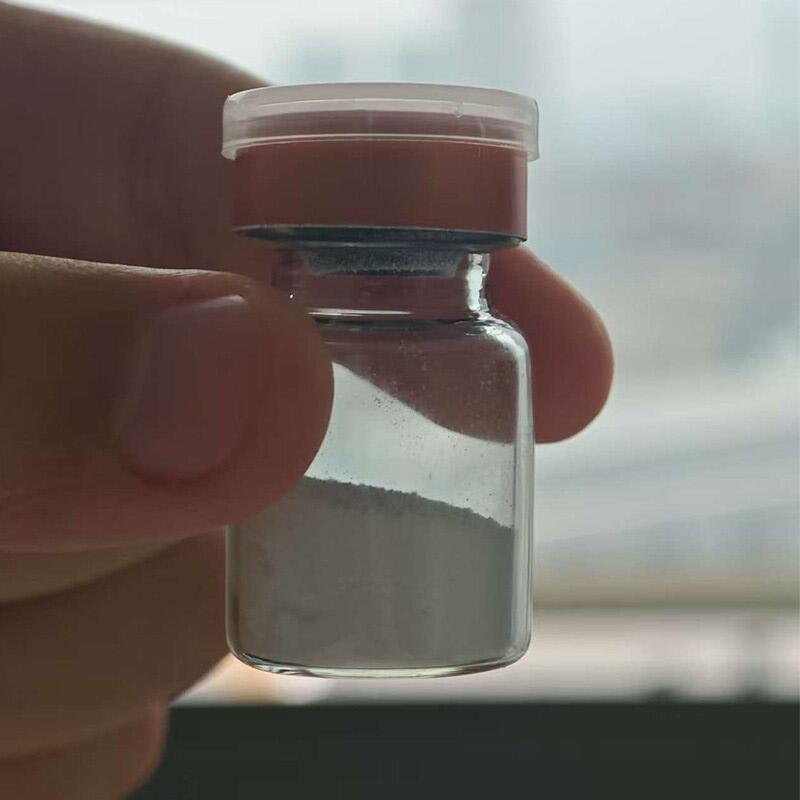-
Categories
-
Pharmaceutical Intermediates
-
Active Pharmaceutical Ingredients
-
Food Additives
- Industrial Coatings
- Agrochemicals
- Dyes and Pigments
- Surfactant
- Flavors and Fragrances
- Chemical Reagents
- Catalyst and Auxiliary
- Natural Products
- Inorganic Chemistry
-
Organic Chemistry
-
Biochemical Engineering
- Analytical Chemistry
-
Cosmetic Ingredient
- Water Treatment Chemical
-
Pharmaceutical Intermediates
Promotion
ECHEMI Mall
Wholesale
Weekly Price
Exhibition
News
-
Trade Service
Phenyltris(butanoxime)silane is an important raw material in the chemical industry, used in a variety of applications such as coatings, adhesives, and electronic components.
The synthesis of this compound is a complex process, and there are several methods that can be used to synthesize it.
One of the most common methods of synthesizing Phenyltris(butanoxime)silane is through the reaction of phenyl chloride with sodium hydroxide and then with butanol in the presence of a solvent.
This reaction results in the formation of a phenyl butanoate which is then treated with a silane coupling agent followed by hydrolysis to produce the final product.
Another method of synthesizing Phenyltris(butanoxime)silane is through the reaction of phenylsilane with butanol in the presence of a solvent and a catalyst such as sodium hydroxide.
This reaction results in the formation of a phenyl butanoate which is then treated with hydrogen chloride to produce the final product.
A third method of synthesizing Phenyltris(butanoxime)silane is through the reaction of phenyl triisocyanate with butanol in the presence of a solvent and a base such as sodium hydroxide.
This reaction results in the formation of a phenyl butanoate which is then treated with a silane coupling agent followed by hydrolysis to produce the final product.
The selection of the synthetic route depends on various factors such as the cost, availability, and purity of the starting materials, the desired yield and purity of the product, and the intended use of the product.
Each of the synthetic routes has its own advantages and disadvantages, and the choice of the route depends on the specific requirements of the application.
Once synthesized, Phenyltris(butanoxime)silane can be further processed and purified to remove any impurities and to increase its purity.
This can be done through a variety of techniques such as distillation, crystallization, and chromatography.
Phenyltris(butanoxime)silane is an important compound in the chemical industry, used in a variety of applications such as coatings, adhesives, and electronic components.
The synthetic routes for this compound are complex and can vary depending on the specific requirements of the application.
The selection of the synthetic route depends on various factors such as the cost, availability, and purity of the starting materials, the desired yield and purity of the product, and the intended use of the product.
Once synthesized, the compound can be further processed and purified to increase its purity and to remove any impurities.







